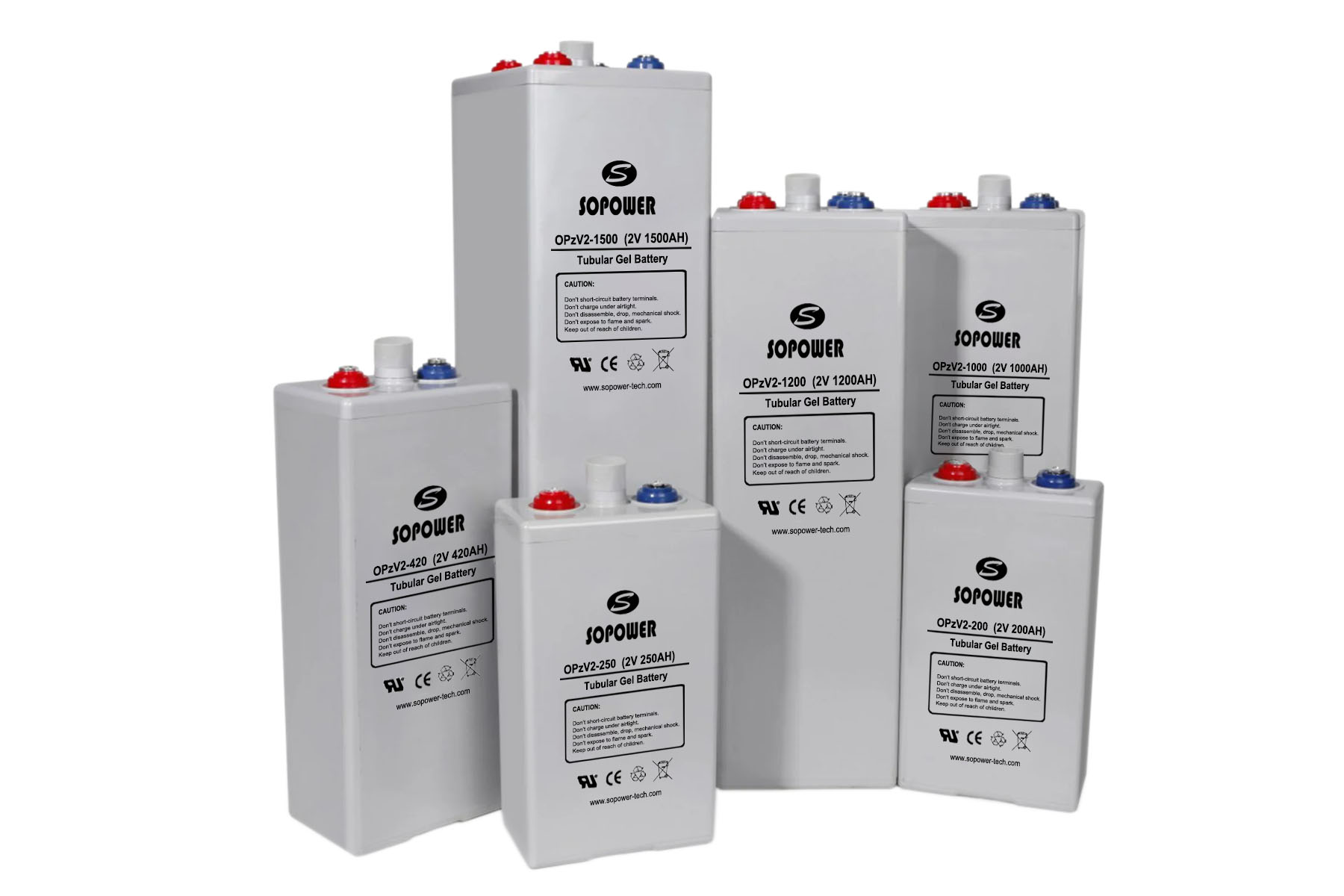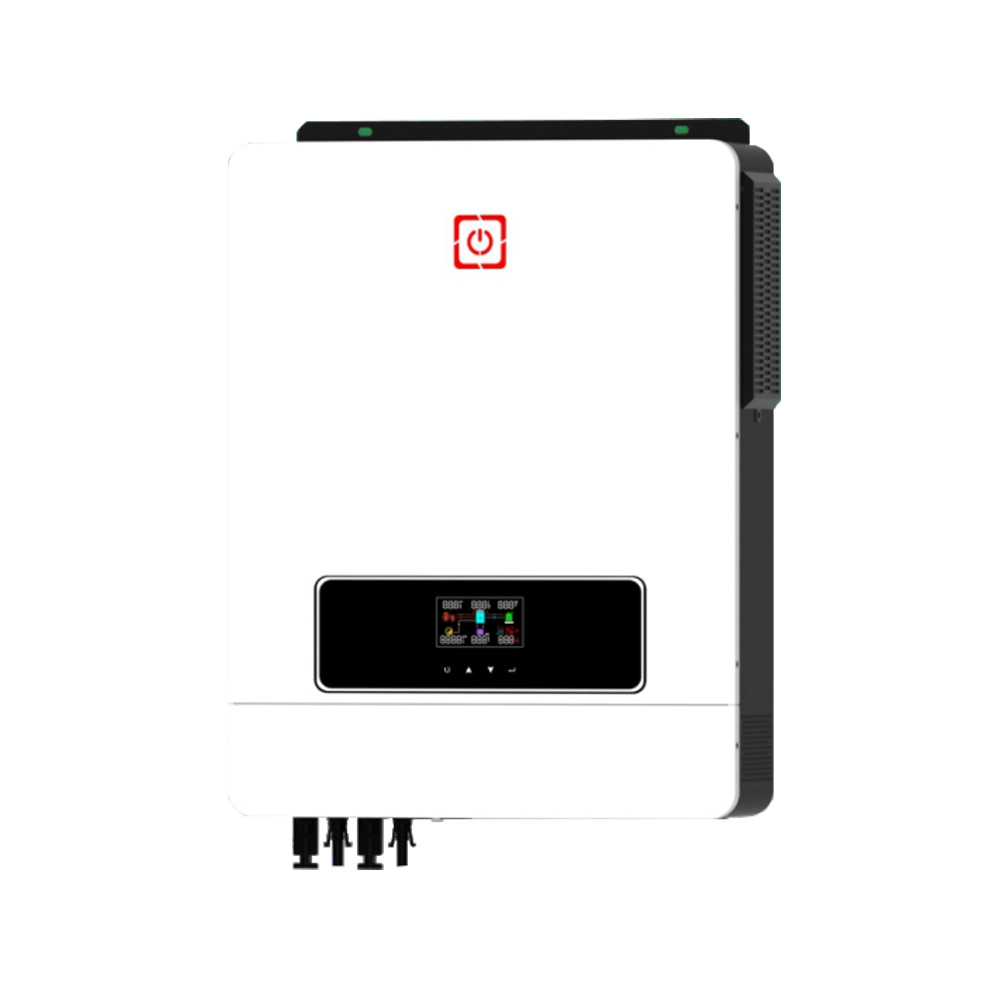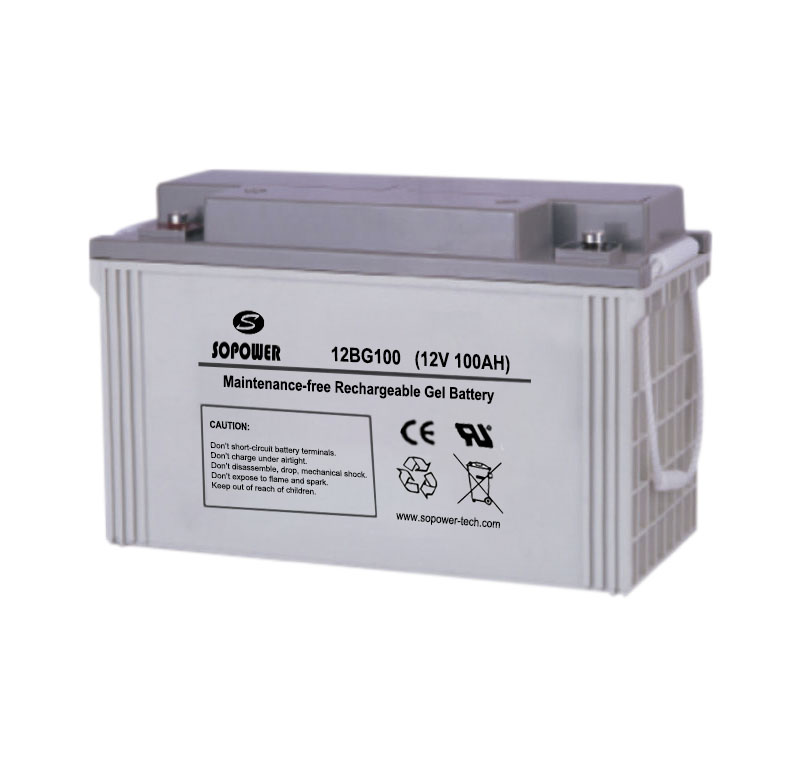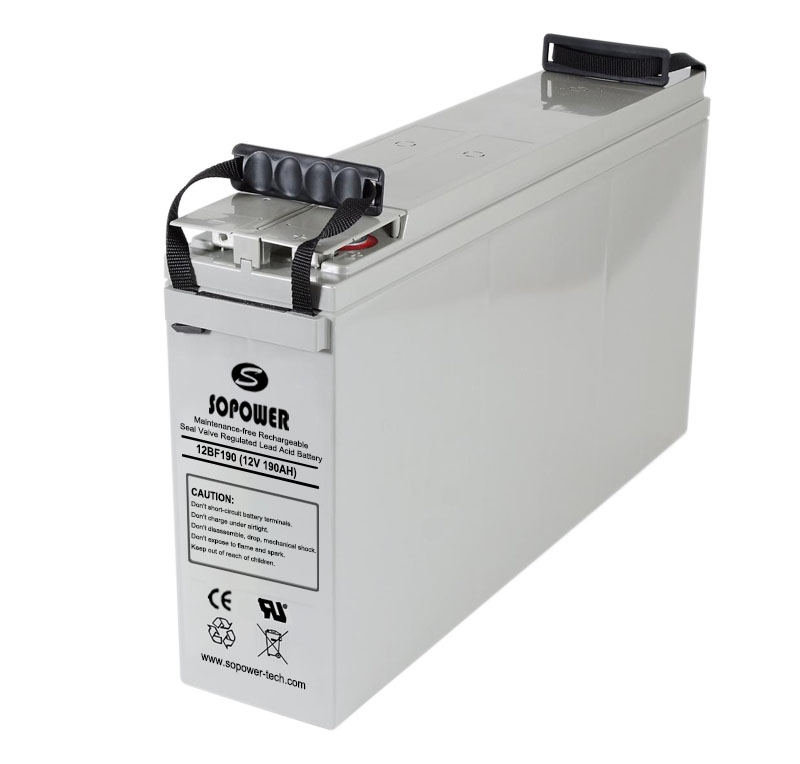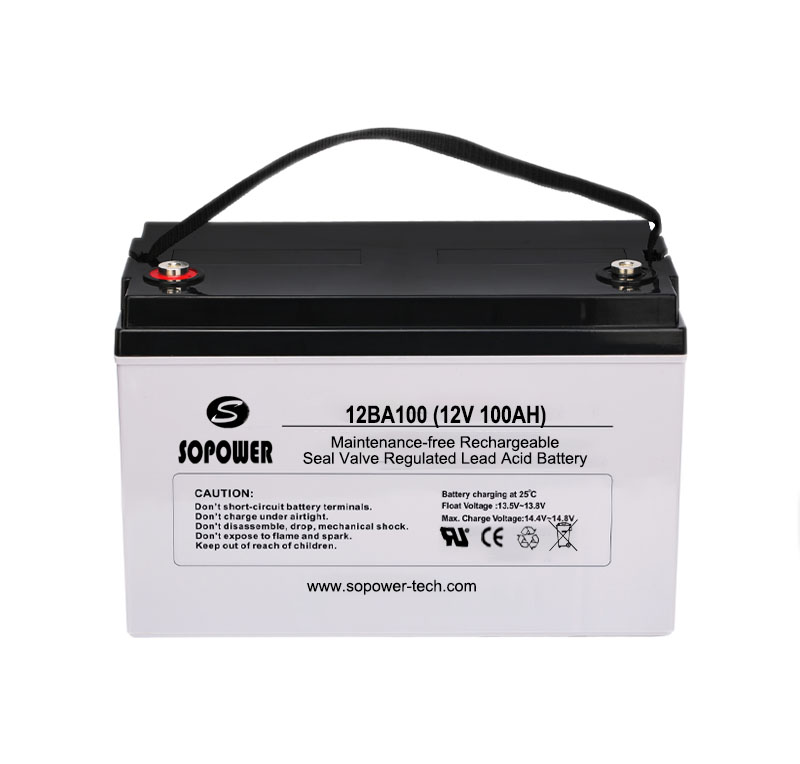Source: Green-Tech-Media Date: 01. MAY 2012

Utilities and the industry are testing technologies and building at record speeds toward maturity.
In anticipation of its Phoenix Solar Summit, May 1-2, GTM continues its look into the Arizona solar industry.
Arizona finished 2011 with 273 megawatts of installed solar capacity, third best in the U.S., driven by an ambitious renewable energy standard (RES).
“The numbers speak for themselves,” said Lon Huber, Southwest Regional Policy Specialist for Suntech Corporation and SEIA’s Arizona Committee Chair, who knows the numbers. “The programs the utilities have put in place have been incredibly successful at getting megawatts in the ground.”
Solar in Arizona so far only provides about three percent of the state’s power but employs 4,786 people, more, Huber said, than Salt River Project (SRP), the state’s second largest utility, which provides 40 percent of the state’s power and employs 4,346.
“We are projected to have around 43 megawatts either installed or reserved in 2012 just for APS’s residential program,” Huber added. That “is larger than Colorado’s entiredistributed generation [DG] market.”
And, he added, “the other market segments have all been robust. We had a standard offer, we have a small generation program, we have the AZ Sun Program and we have utility-scale procurement.”
The AZ Sun Program from APS (Arizona Public Service), the state’s biggest utility, has already brought three utility scale solar projects on-line, has two more in development and is preparing further requests for proposals (RFPs).
“APS is investing in developing up to 200 megawatts of utility-owned PV,” said AZ Sun Program Manager Ted Geisler. Created in conjunction with the Arizona Corporation Commission, which regulates electricity in the state, the program had “three projects that reached commercial operation in 2011 totaling 50 megawatts,” and has “two additional in development totaling 54 megawatts and another project in RFP mode right now,” said Geisler.
“We prefer a balanced portfolio, Geisler explained. “The 250 megawatts we will get from CSP is nicely balanced with the 200 megawatts we’ll get through AZ Sun and the 300 megawatts of wind we currently have on-line. The overall portfolio,” he said, is diverse, and will “ultimately meet our 2015 goal of 3.4 million megawatt-hours served by renewable sources.”
APS is financing the AZ Sun projects. “We utilize the strength of our balance sheet,” Geisler said. “We partner with the developer. They design and build the facility.” Once the projects are operational, APS takes over operations and maintenance, “just like all our other power plants.”
Projects are chosen for economic competitiveness. All “have met our requirement for providing the expected capacity during our peak summer conditions,” Geisler said. APS has discovered that “tracking systems tend to produce more energy while utilizing fewer modules,” he added, but “the increased cost of the trackers may offset the cost savings of a larger facility without that tracker.” The key takeaway, so far, he added, is that “each approach is competitive and we have to carefully evaluate every project.”
Both the 17-megawatt polycrystalline single-axis tracker Cotton Center facility developed and built by Solon Corporation and the 17-megawatt thin-film fixed-tilt Paloma facility developed and built by First Solar went on-line in 2011 at almost adjacent locations near Gila Bend, Geisler said, and APS is “excited about the opportunities to compare and contrast the technologies in the same environment.”
The Paloma project, Geisler said, was developed by First Solar “faster than the industry has ever witnessed. Literally four months from initial site grading to energizing the facility, unheard of for a 17-megawatt utility scale system, to our knowledge, anywhere.” A solar facility of that size “typically requires an eight month construction cycle.”
Production, even during the record-breaking heat of the 2011 summer when temperatures were over 110 degrees Fahrenheit for days on end, “has consistently exceeded our expectations.”
The streamlined development of Paloma “was all due to a partnership where APS provided the financing, First Solar did an excellent job managing construction and the town of Gila Bend, through their Solar Field Overlay Zone (SFOZ) process, allowed the project to be permitted in an expeditious manner.”
“The Solar Field Overlay Zones make a lot of sense,” according to Sierra Club Grand Canyon Chapter Director Sandy Bahr. “Importantly, the community has established a process for advancing projects without eliminating the opportunity for the public to engage.”
[SFOZ, Gila Bend’s unique, fast-track permitting approach, will be detailed in an upcoming GTM piece.]
There is, however, what Huber called a “triple whammy” to Arizona’s growth. Successful utility programs, falling panel costs and the demand-driving RES have together put the state slightly ahead of itself. “The renewable energy standard, for rooftop net-metered systems, has a dip between 2012 and 2016,” Huber said. “Then the clip at which the utilities need to procure additional DG increases rapidly.”
Huber and other state policy experts intend to reverse the “oversight” in the RES design that led to the problem and prevent growth from slowing.
“We think the industry, barring any type of external issues, will be incentive-free by sometime next year for residential. Arizona could be one of the first markets that doesn’t need a direct utility incentive [and will] finally be more market-driven.”
Huber believes that “if the net-metered solar market sector doesn’t become self-sufficient by around 2015, then Arizona will become a dormant marketplace.” But, he said, self-sufficiency “is close to happening,” and it will make Arizona “a vibrant market for solar DG moving forward.”

